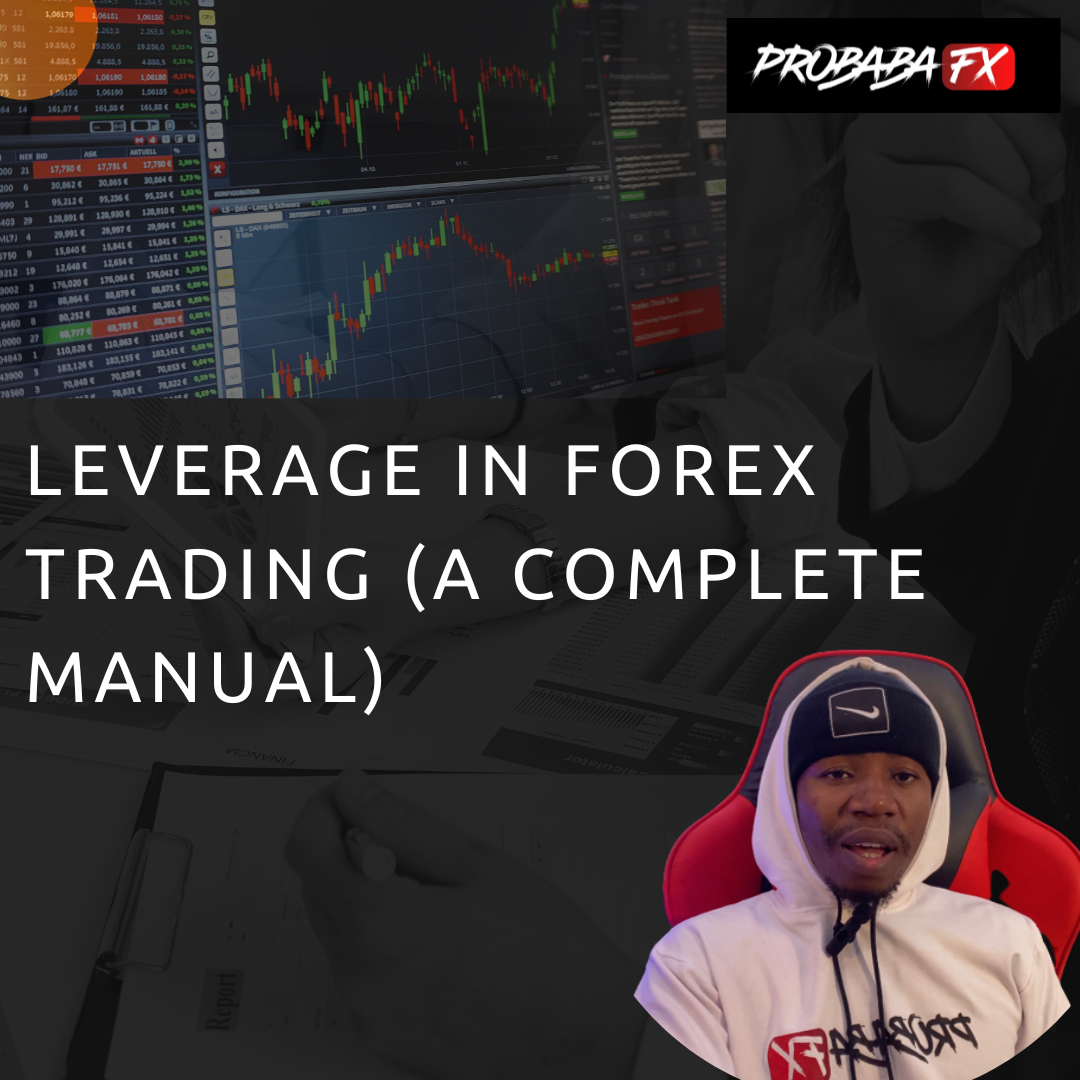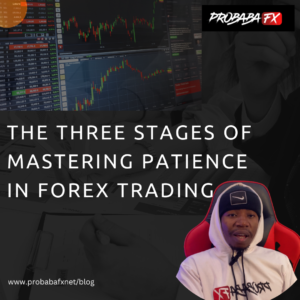Leverage: An Overview
Definition of Leverage: A financial technique used in forex trading, leverage enables traders to manage a larger position size with a comparatively smaller amount of cash. In essence, it increases the likelihood of both gains and losses.
Leverage Ratios: Different leverage ratios, such as 50:1, 100:1, or even 500:1, are offered by forex brokers. These ratios establish the amount of your influence over your initial investment. Leverage of 100:1 allows you to hold a position worth $100,000 with just $1,000 of your own money, for instance.
How to Use Leverage
Here’s an easy illustration of how leverage functions:
Suppose you decide to employ 100:1 leverage with $1,000 in your trading account. You can manage a stake size of $100,000 with this leverage. If the currency pair you are trading shifts in your favor by 1%, you would make $1,000 (assuming a regular lot size and 100 pip at $10 per pip). On your initial $1,000 investment, you will receive a 100% return.
The Two-Edged Sword
Leverage might increase your potential earnings, but it’s important to realize that it can also increase your possible losses. If the market shifts against you, you can suffer immediate, significant losses that might even be greater than your initial investment. Because of this, risk control is crucial when employing leverage in forex trading.
Why Would You Use Leverage?
For a number of reasons, traders may find leverage to be a useful tool.
Cash Efficiency: It gives traders the ability to manage bigger positions with less cash, freeing up funds for additional transactions.
Profit Potential: Because leverage may magnify earnings, it appeals to traders looking for substantial returns.
Diversification: By using leverage to trade various currency pairings, traders may diversify their portfolios.
Liquidity: Due to the high level of liquidity on the forex market, it is simple to enter and exit positions, particularly when using leverage.
Finally, even though leverage in forex trading may be a potent instrument, it should be used carefully. To preserve your capital, it’s critical to comprehend how it operates, pick an acceptable leverage ratio, and apply reliable risk management techniques. Leverage, when used properly, may improve your trading experience, but when used incorrectly, it can result in big losses.
A Complete Guide on How Leverage Works with Brokers
Do you want to know how brokers use leverage? You’re in the correct spot! The nuances of leverage, its importance in trading, and how it works when you’re working with brokers will all be explained in this blog post. So let’s explore this vital area of the financial world in more detail.
Leverage: An Overview
A strong weapon that traders employ to amplify their positions in the market and possibly increase both earnings and losses is leverage. It enables you to manage a larger position with comparatively little cash. This is how it goes:
Leverage Ratios: Brokers commonly provide different leverage ratios, such as 50:1, 100:1, or even 500:1. According to these ratios, you may manage a certain amount relative to your initial investment.
Initial Margin: To open a leveraged position, you must deposit an initial margin, which represents a part of the total position size. The broker provides the rest.
Amplified Gains and Losses: Leverage has the ability to multiply both advantages and losses. While there is a chance for more rewards, there is also a greater risk involved.
Using Brokers
When you decide to use leverage in your trading strategy, picking a trustworthy broker is essential. Here is how leverage with brokers functions:
Leverage Options: Options for leverage are provided by brokers, and you may select the one that best suits your risk appetite and trading objectives. Be mindful that using more leverage entails taking on more risk.
Margin Calls: Brokers will send you a margin call if your losses become close to the initial margin you deposited. In order to offset any losses and prevent liquidation, you might need to deposit more money.
What are Margin Calls: Margin calls are notifications from your broker that the equity in your trading account has dropped below the necessary minimum margin level. It happens when your open trades’ losses begin to go close to or surpass the available margin in your account. In order to raise your account’s equity back above the minimum margin requirement, you must either make more deposits into your trading account or liquidate some of your existing positions.
Risk Management: Effective risk management is necessary when using leverage. To reduce possible losses, use stop-loss orders and have a defined exit strategy.
Regulatory: Ensure your broker is governed by a reputable financial organization to protect your interests. Regulatory organizations support preserving honesty and justice in the sector.
In conclusion, anybody interested in trading has to understand how leverage works with brokers. When used properly, it may be a useful tool, but there is also a lot of danger involved. To effectively traverse the world of leveraged trading, keep in mind to educate yourself, select a reputable broker, and put a strong risk management approach into practice.
#Probabafx #Forextrading #Leverage #Broker




